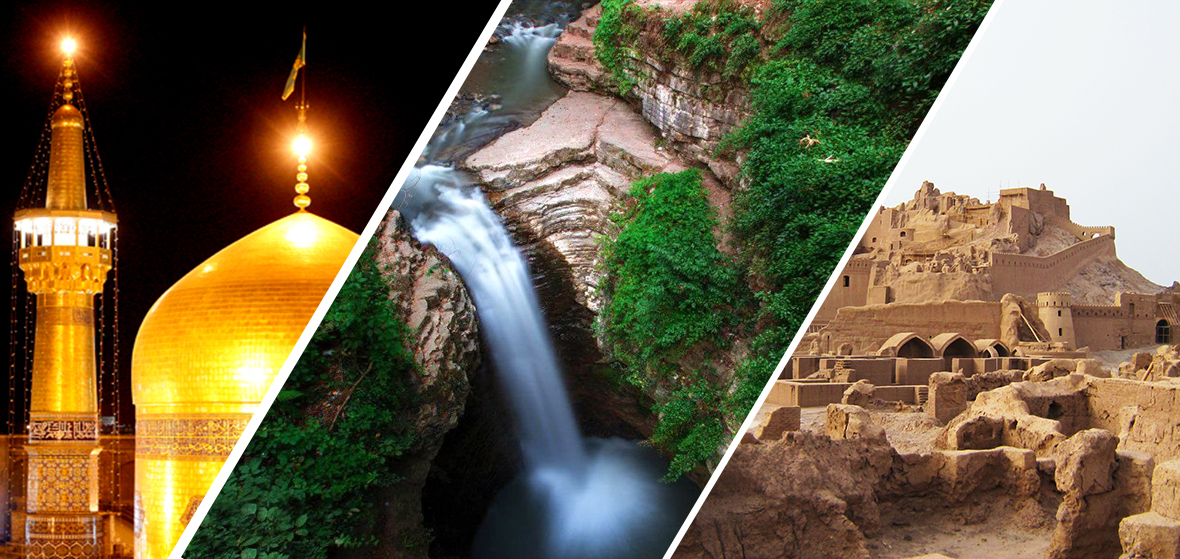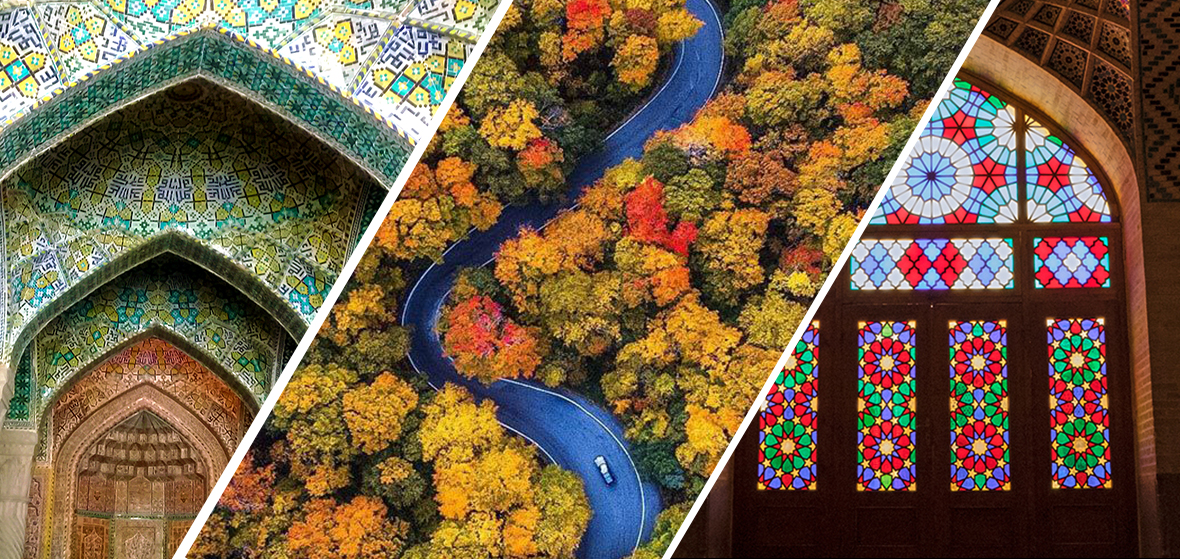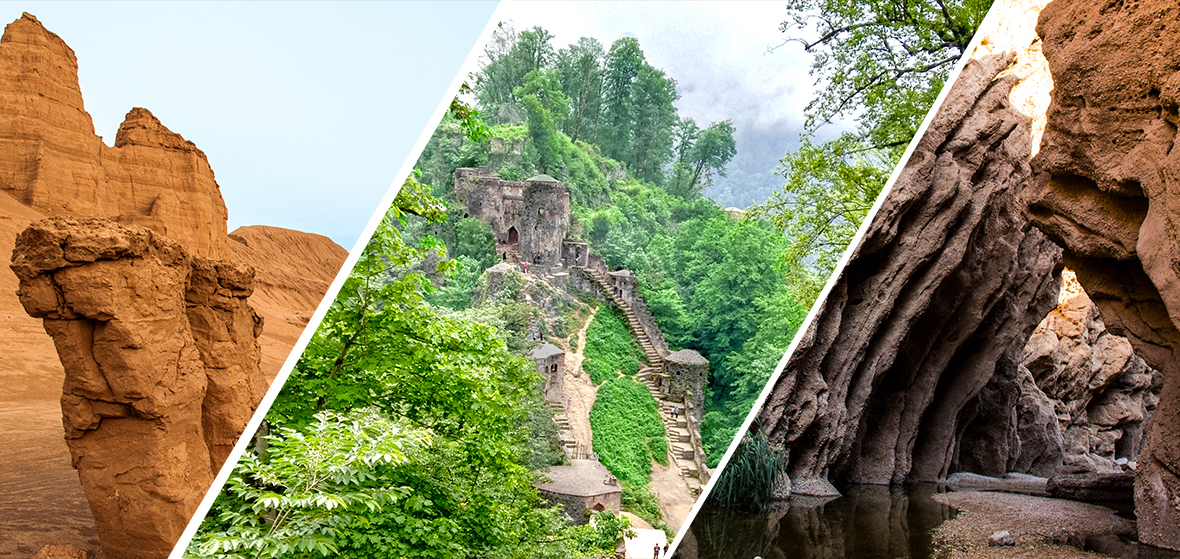Kerman:
Kerman (in ancient Persia: Karmania) is one of the largest metropolises of Iran and the capital of Kerman province, the largest province of Iran in the southeast. Kerman is one of the five historical cities of Iran with more than 7000 historical attractions. Kerman province has 7 historical sites registered in the UNESCO World Heritage List.
Many Iranian and foreign tourists visit this city to see Arg-e Bam, Shazdeh Mahan Garden, Arg-e Fath Abad, Museum of Contemporary Art, National Library of Kerman, Jabalieh or Rock Dome, the Vakil Hammam (bathhpuse) and Ganjali Khan Collection, which are Kerman’s most famous sights.
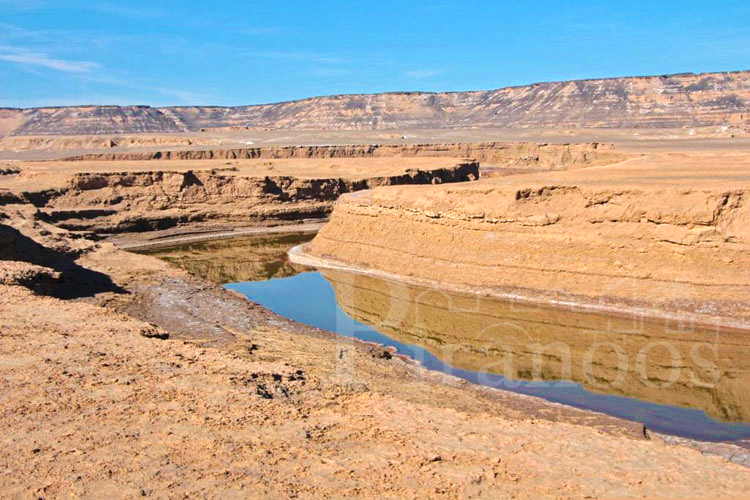
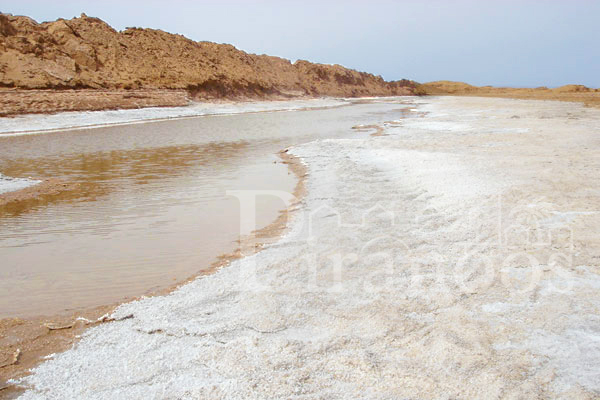
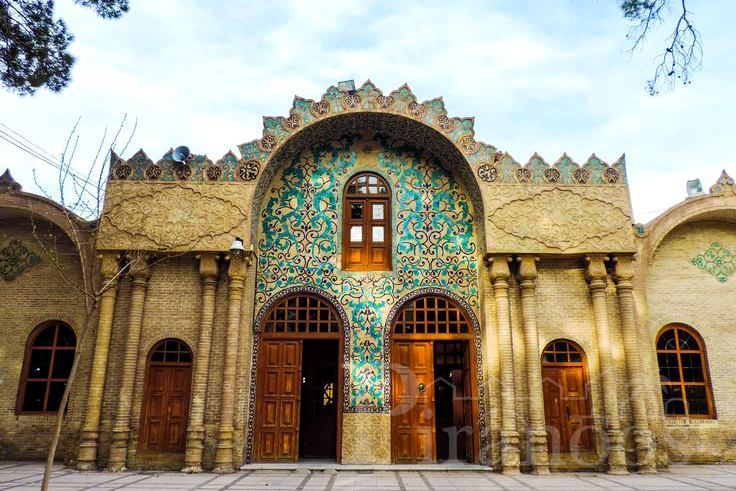
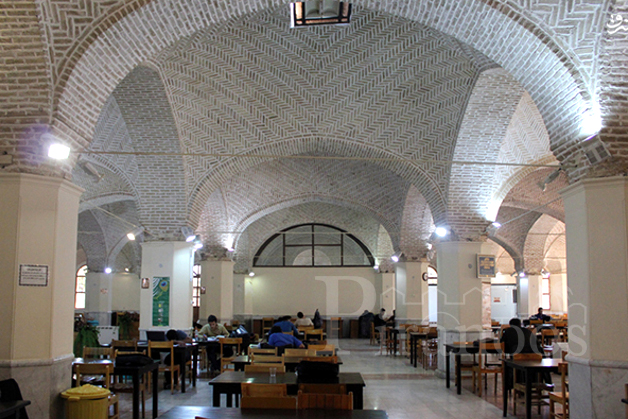
Shazdeh Mahan Garden:
The Shazdeh Mahan Garden is two kilometers from Mahan city. This garden belongs to the Qajar period. Shazdeh Mahan Garden is one of the six UNESCO-registered Persian gardens. It is one of the most spectacular attractions of Iran that with a soulful atmosphere and facilities such as restaurants and hotels can make your day.
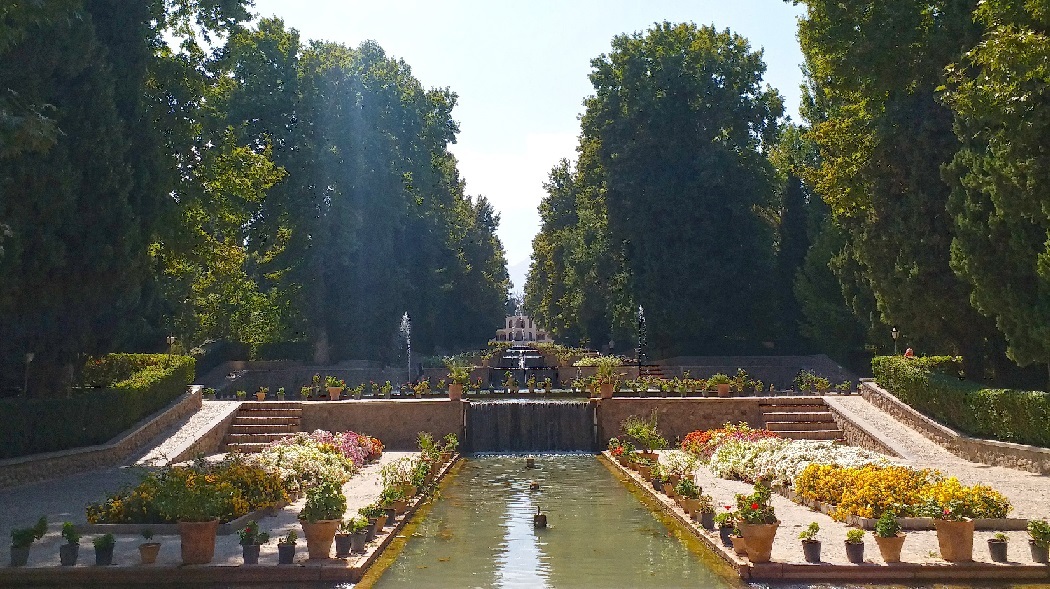
The natural attractions of Kerman:
Lut desert:
The Lut Desert is a sand desert surrounded by natural ponds that cause temporary seasonal streams. The plain is 40,000 square kilometers, which alone constitutes 20% of Iran. Lut is the 27th largest desert in the world, which holds the hottest spot in the world named “Gandom Beryan”.
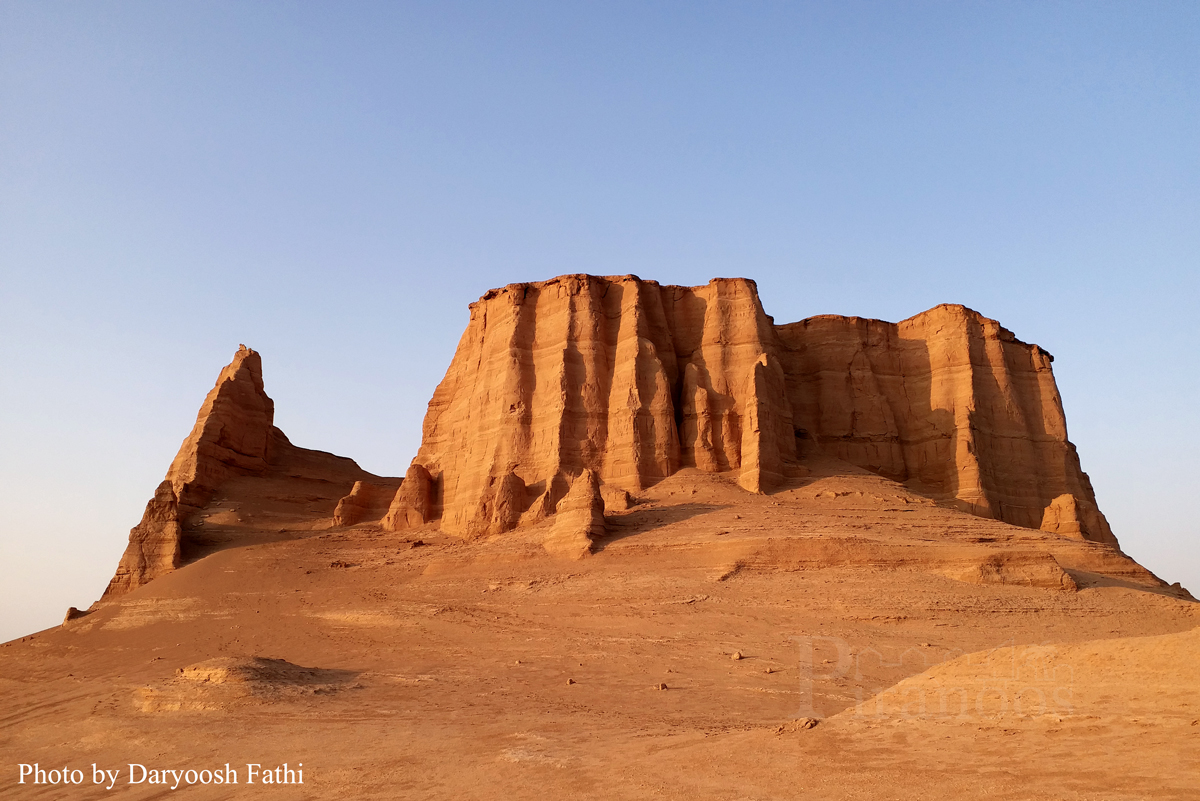
Simak Waterfalls:
Simak Waterfalls are located 35 kilometers north of Kerman in Kohpayeh village. The area has proper facilities, including a campground, which has attracted many tourists. The 13 waterfalls in Simak are always open to climbers. Climbing these cascades requires special equipment and skills.
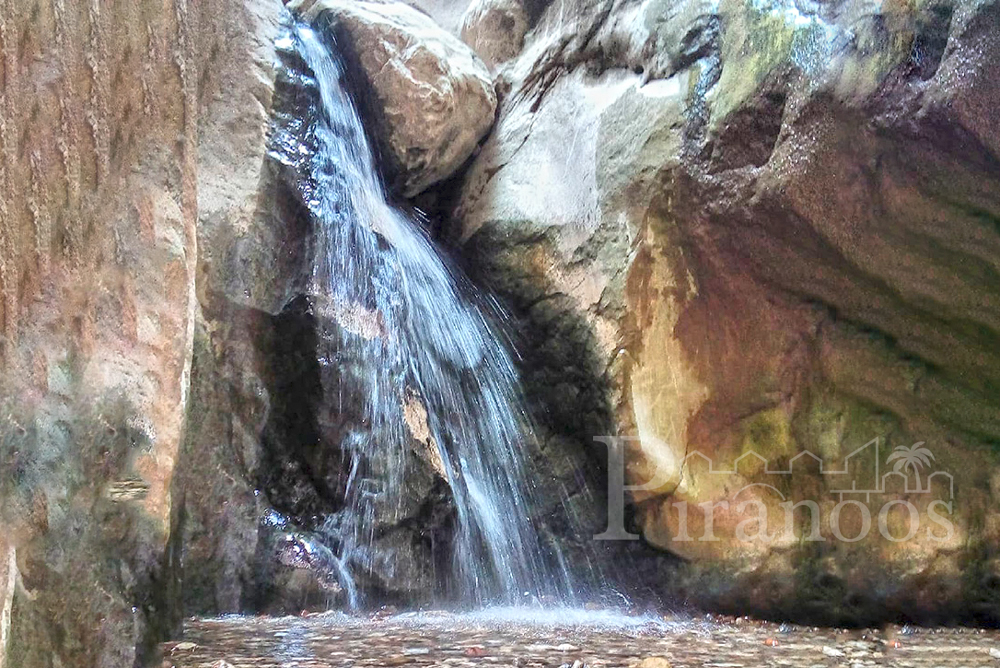
Sirch Ski Resort:
Sirch Ski Resort is the largest ski resort in the southeast of Iran located in Kerman province. This Ski Resort is a perfect place for winter fun. To access it, you must take the Sirch Road from Kerman – Bam Old Road. After crossing the Sirch Tunnel, on the right side of the tunnel, you will see the Sirch Ski Resort.
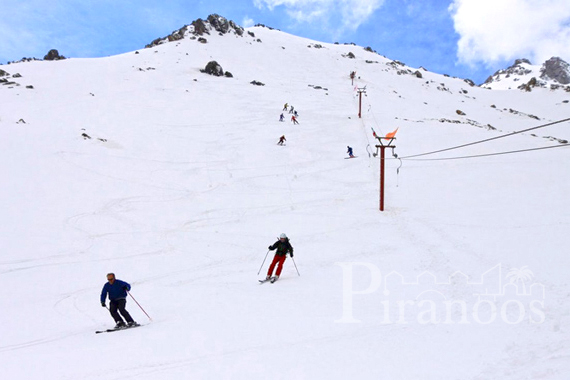
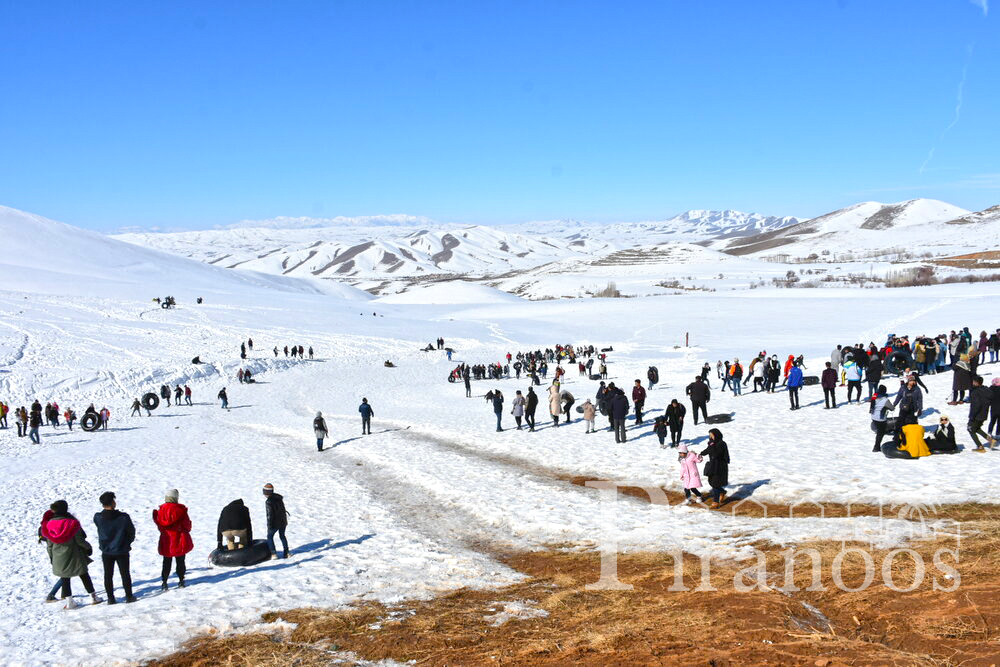
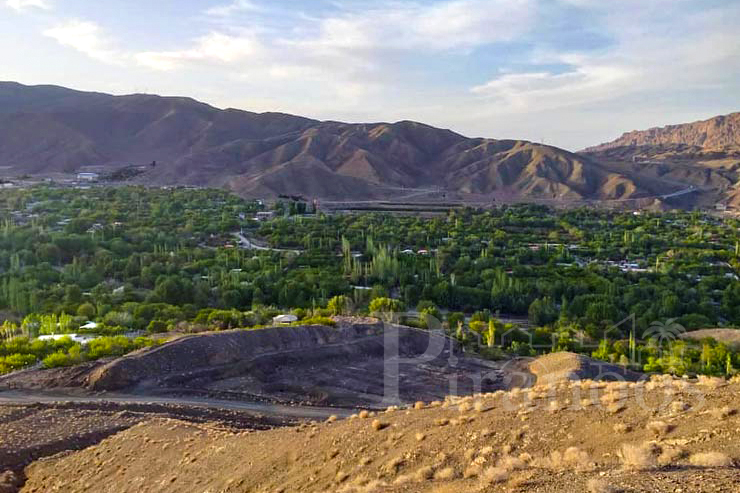
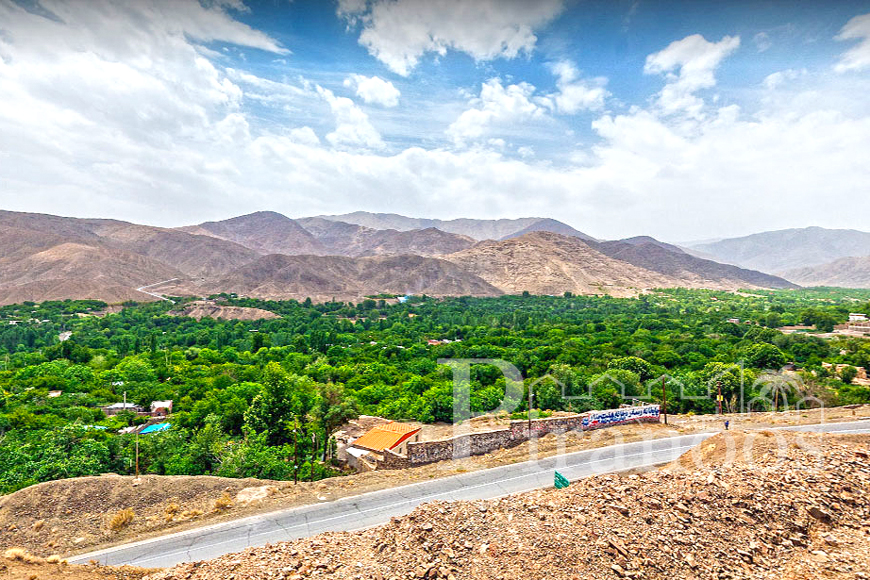
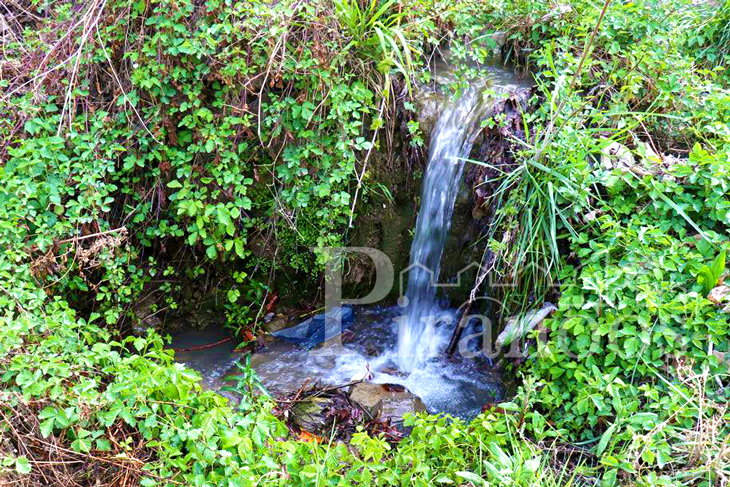
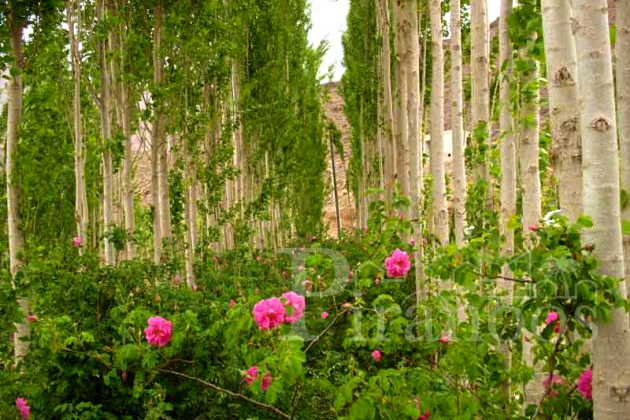
Kalut Shahdad Desert: the legendary city of Kaluts
The most important natural phenomenon of the Lut Desert is severe soil erosion with the wind. The city of Kaluts is one of the wonders of Kerman province; to the south of this ancient city, several ancient bronze objects and pottery were discovered. Camp Shahdad is one of the best hotels in Kerman that offers the possibility to stay overnight in the desert.

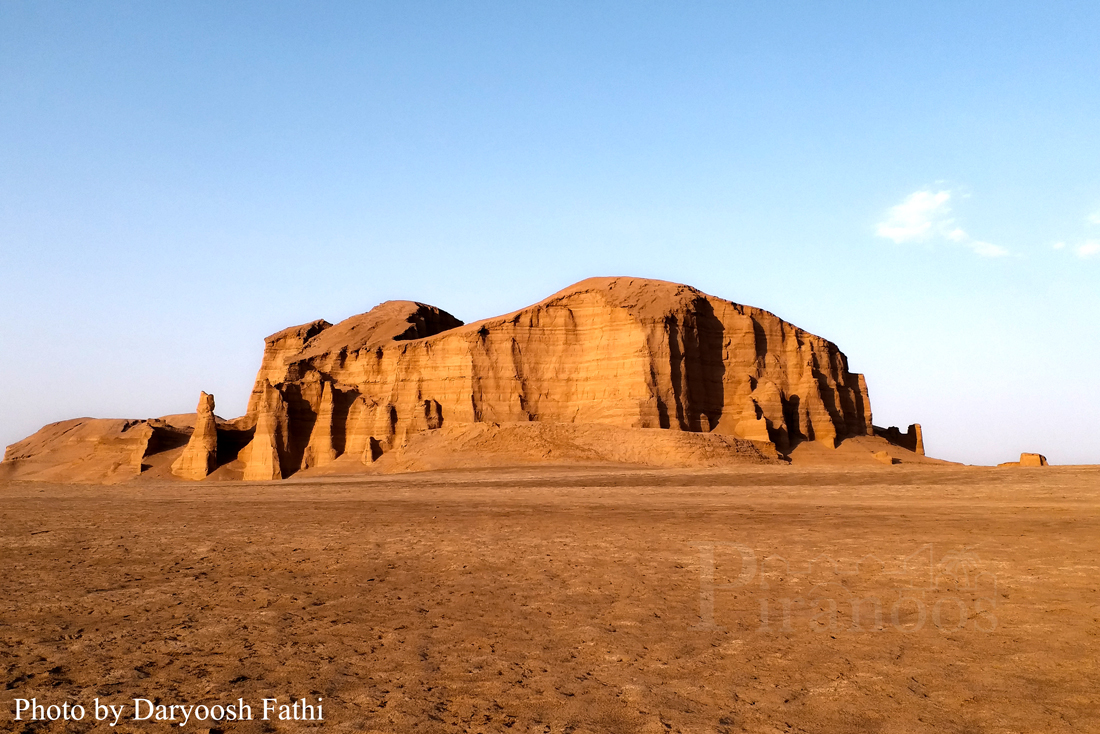
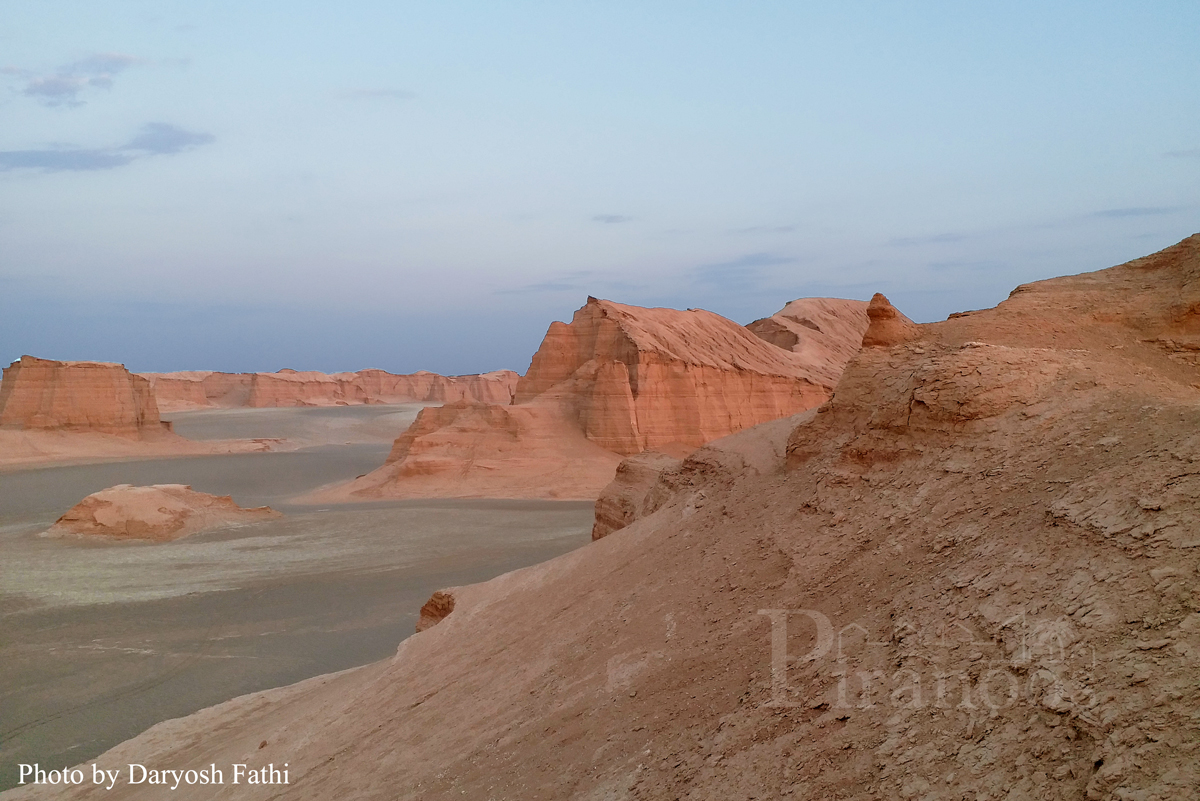
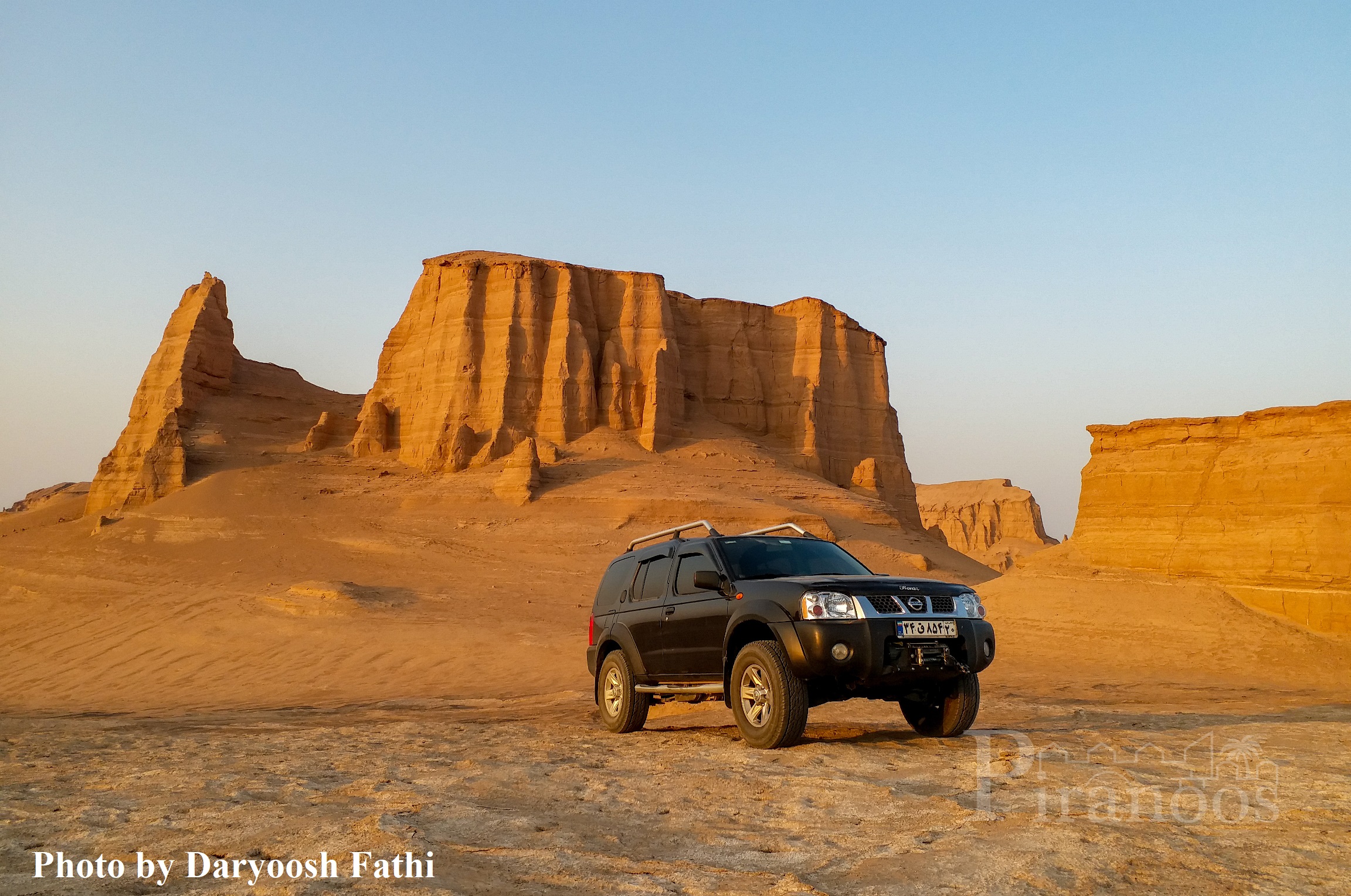
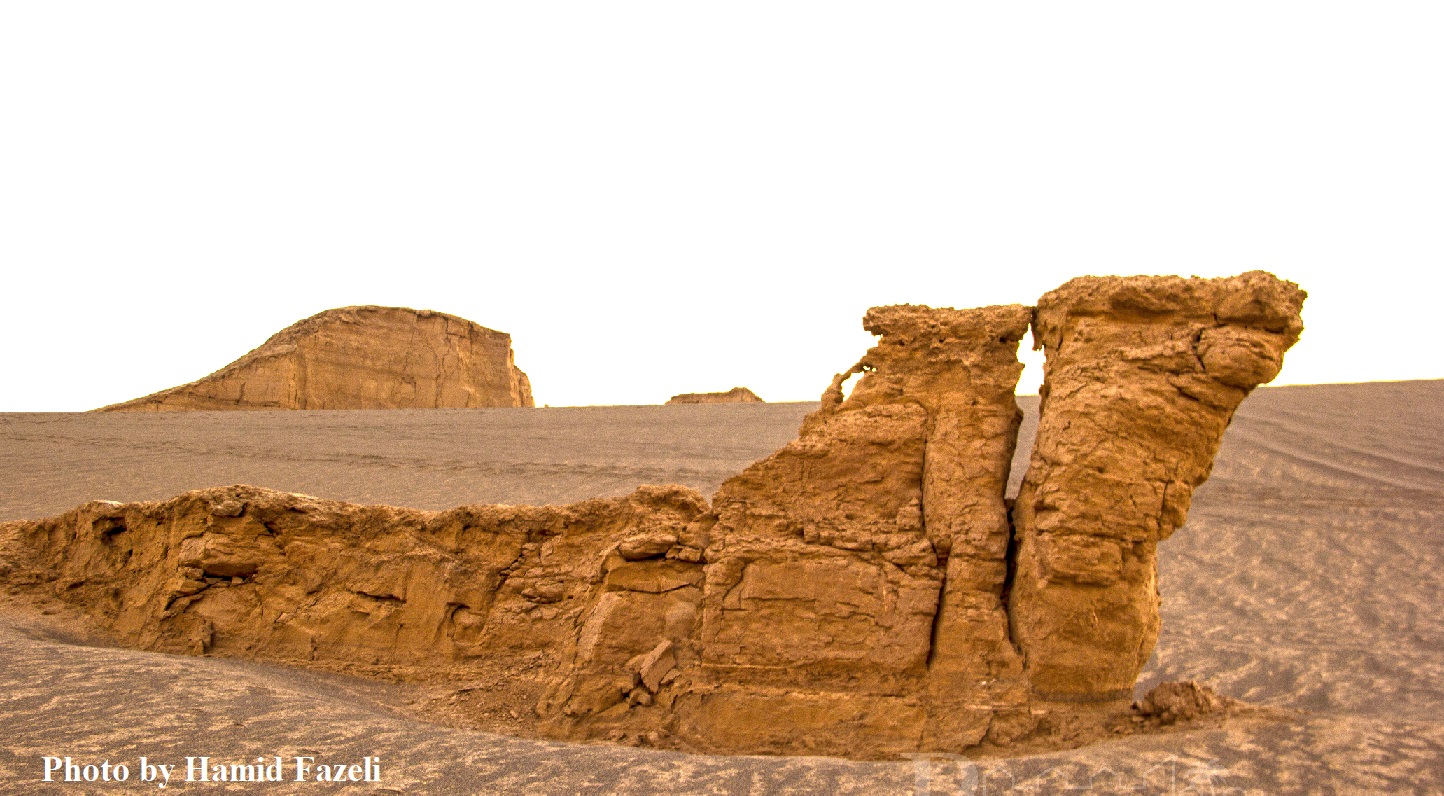
Makhrage Salt Lake of Shahre Babak:
Makhrage Salt Lake is Iran’s largest natural mirror. Every year many tourists and nature lovers visit this pristine and magical area. The reflection of light in the heart of the natural lake links the earth and the sky. From every corner to the other, the lake creates a different image of the sky in the lake frame. In this respect, it is similar to the Salar de Uyuni in Bolivia.
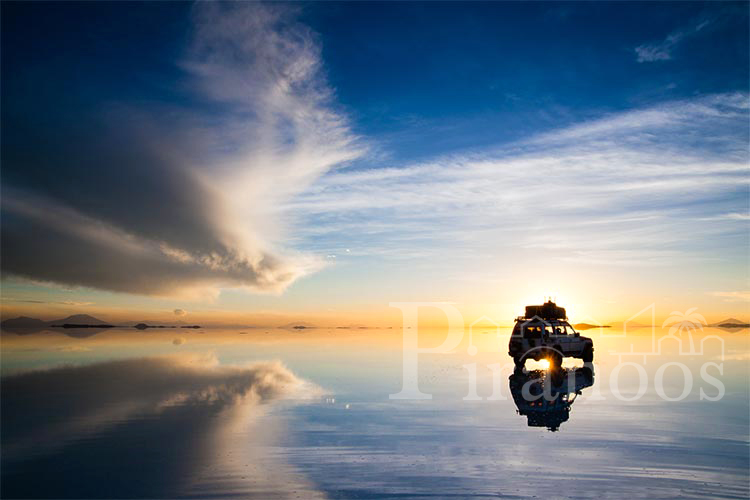
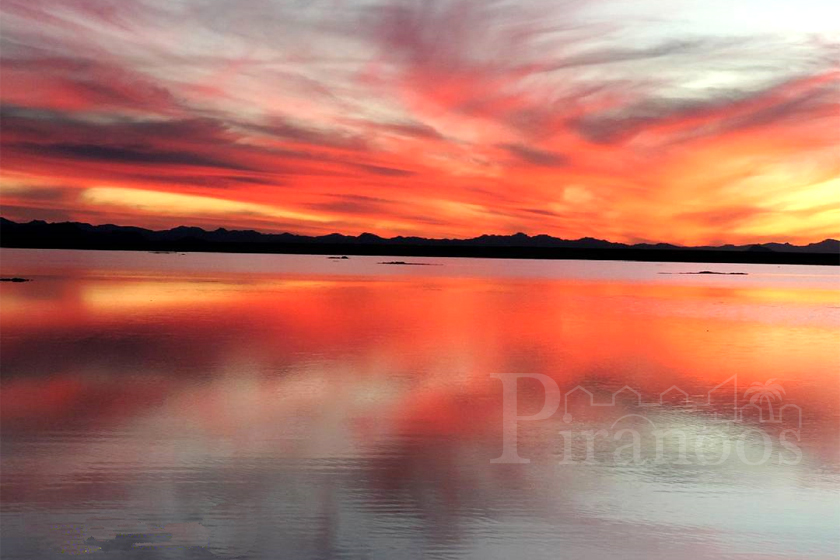
Bardsir:
Bardsir is a region with temperate summers and cold winters. In many ancient books, Bardsir has been introduced as the center of Kerman; it dates back to the pre-Sassanid era. Negar Tower is one of the most beautiful towers of the Seljuk era, located near Bardsir.
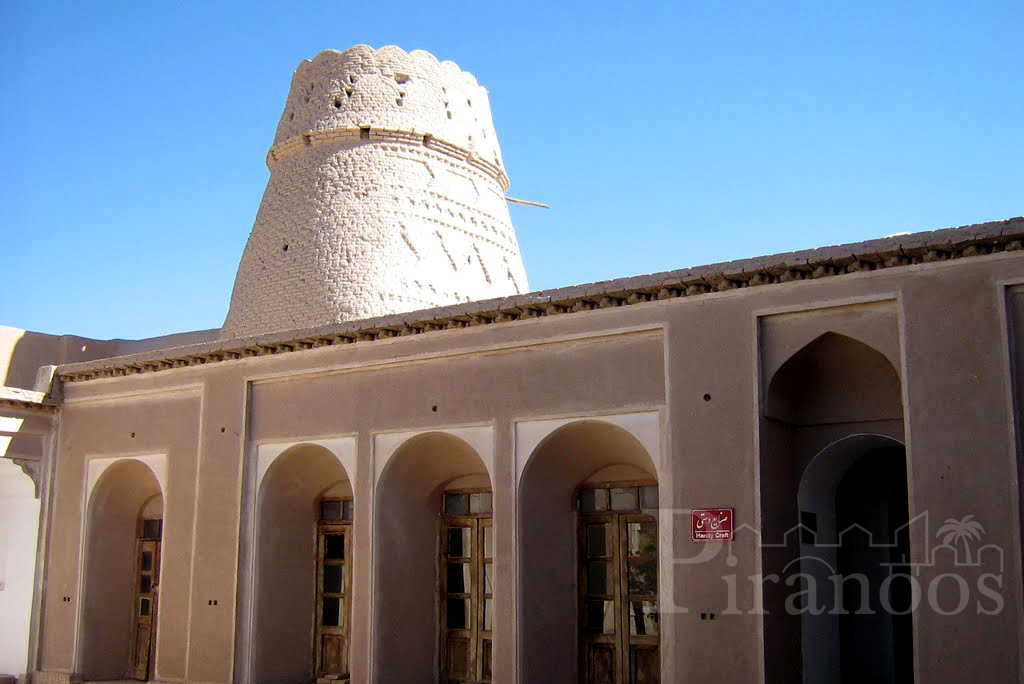
Arg-e Bam:
Arg e Bam, the world’s largest adobe monument, is one of Iran’s most important and valuable landmarks. This great historical complex was built on a huge cliff near the city of Bam in Kerman province. This ancient citadel consists of several sections including battlements, gates, mosques, bazaars, inns, schools, baths, zurkhaneh (a traditional Iranian gym originally used to train warriors in Iran), barracks, stables, and the watchtower.
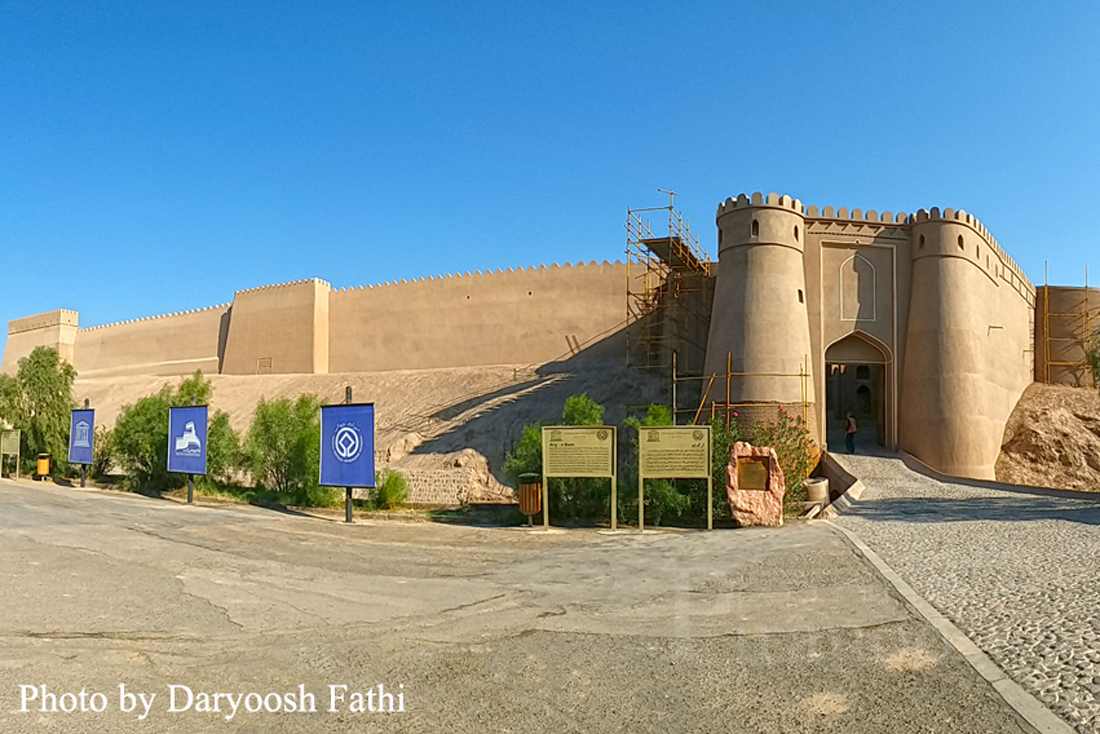
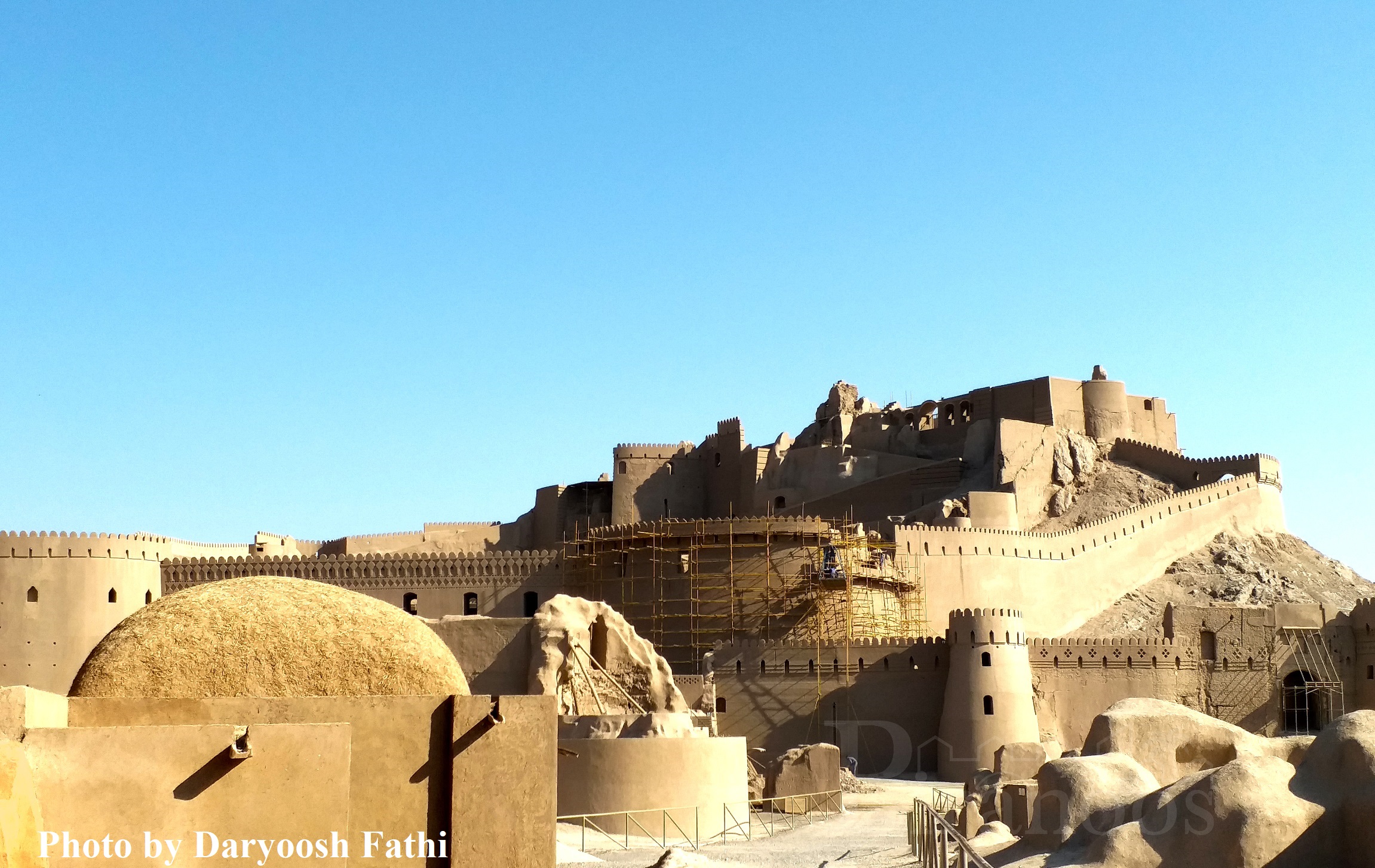
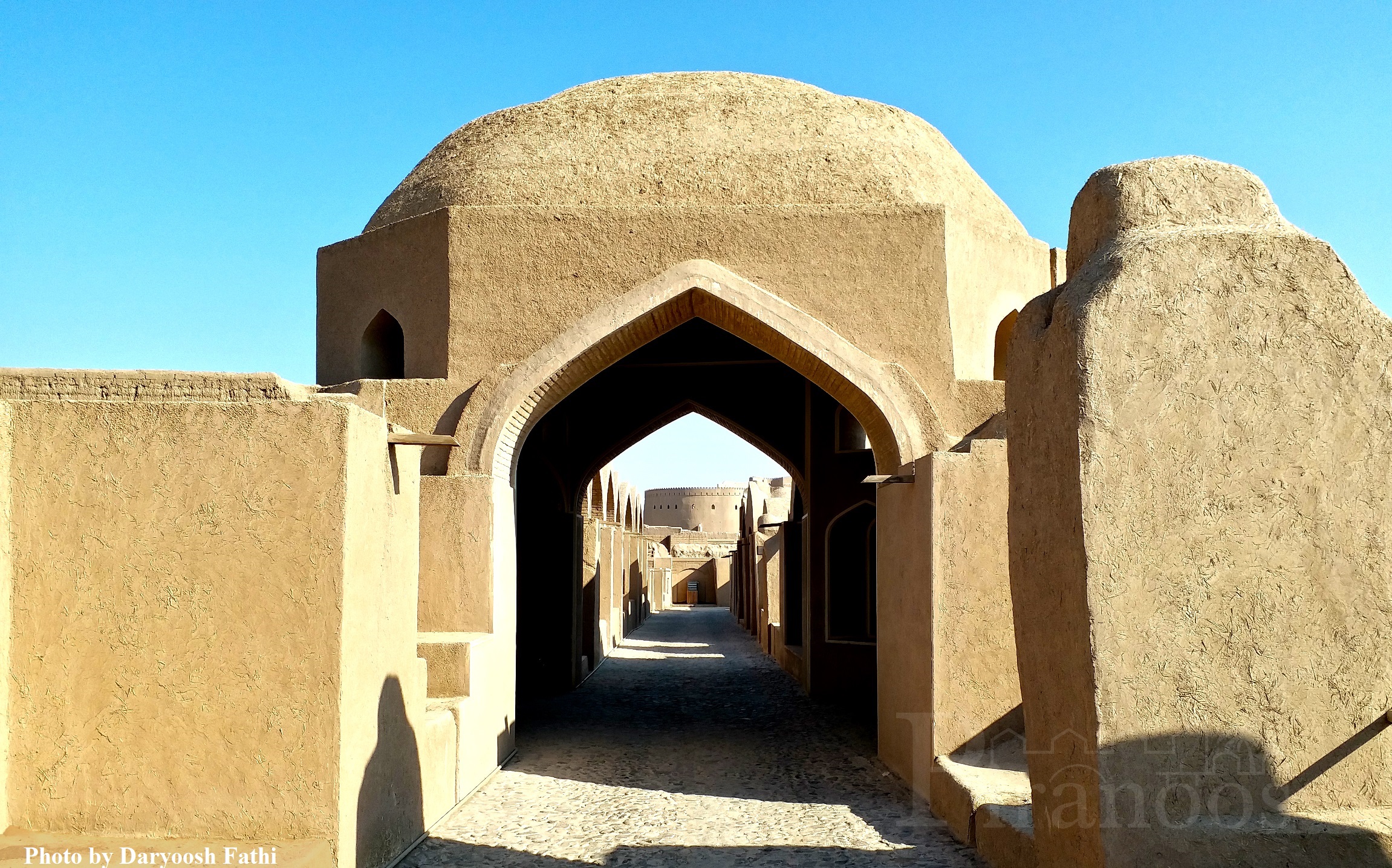
Ganjali Khan Complex:
Ganjali Khan Complex of Kerman has several different monuments that date back to the Safavid era. The complex was built by Ganjali Khan, a ruler during the reign of Shah Abbas Safavi. This complex includes several sections such as the Ab-Anbar, the school, and the inn.
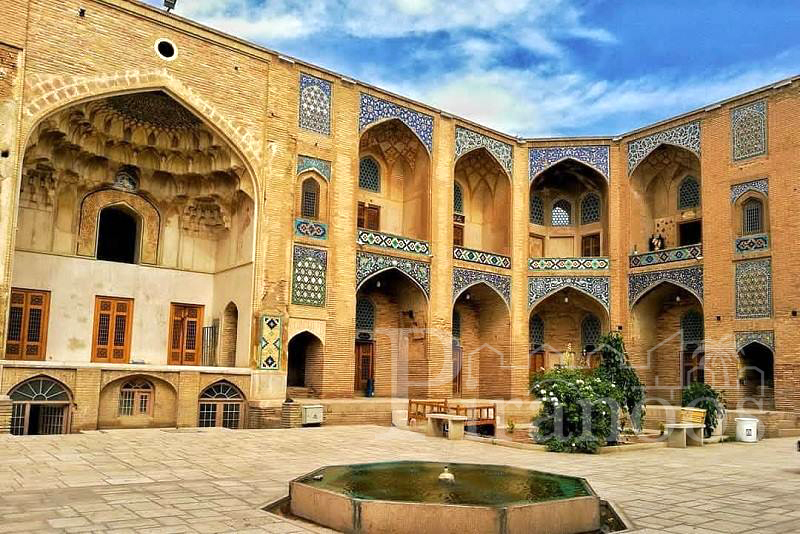
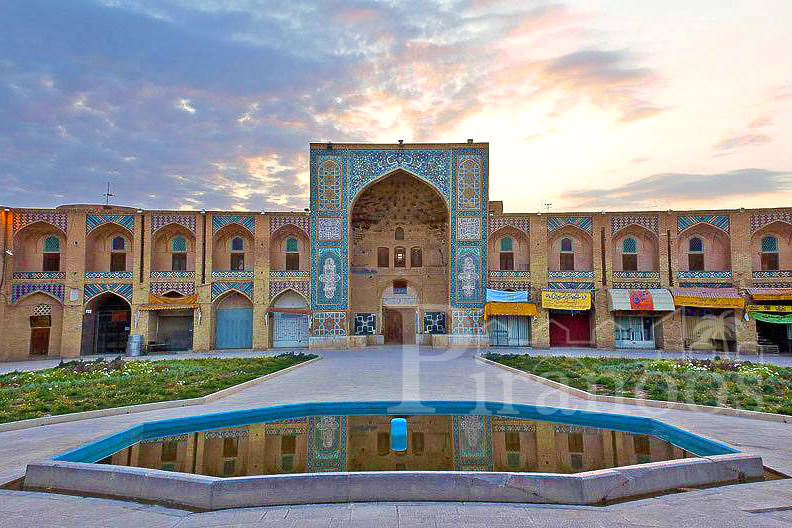
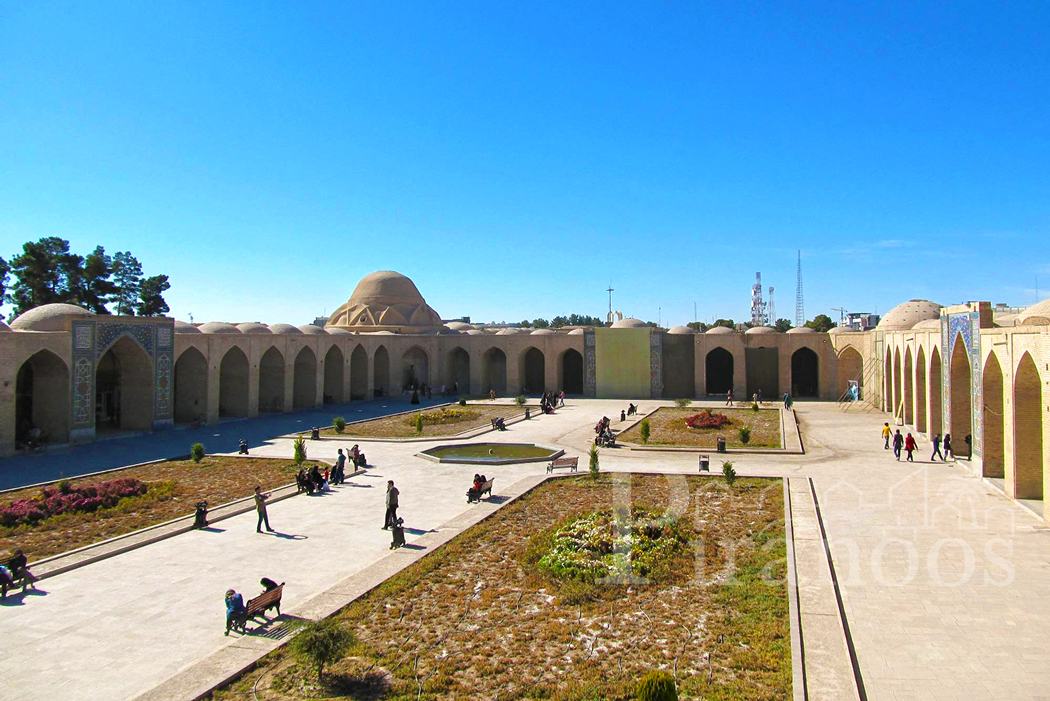
Jabalieh or Rock Dome:
Near the Kerman Pardisan Park, you will see a strange stone monument dating back to two centuries BC. The two-crescent building with brick domes, the only known stone monument in Kerman, has now become a stone museum. Imagine going into an ancient monument its architects had used camel milk to build it instead of water. Inside this complex is the Kerman Stone Museum, which you can visit.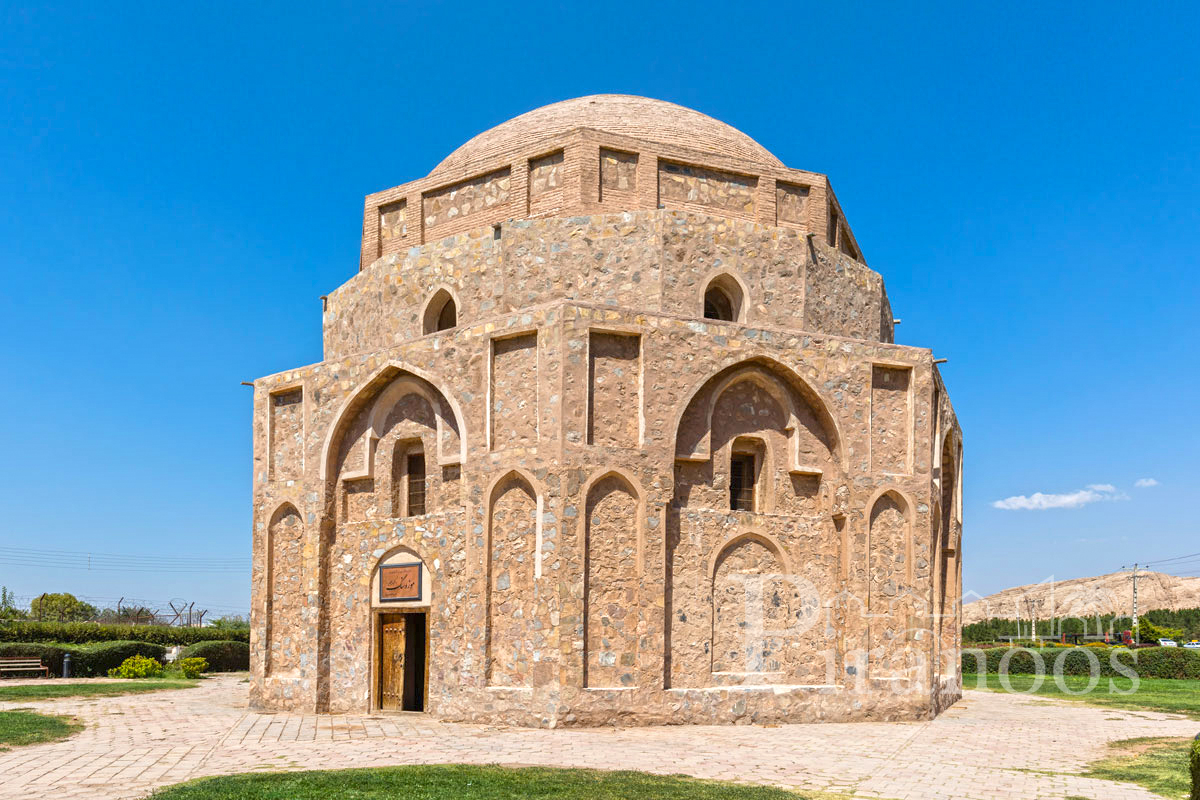
Fath Abad Garden:
The mansion (built-in an Iranian-European style) was built since the Qajar era and many repairs and refurbishments until now. The design of the Fath Abad garden is similar to the Shazdeh Garden of Kerman, and with its beautiful lighting, it has a magical view at night. This amazing garden is also considered one of the largest gardens of medicinal plants and medicinal plants in Iran.
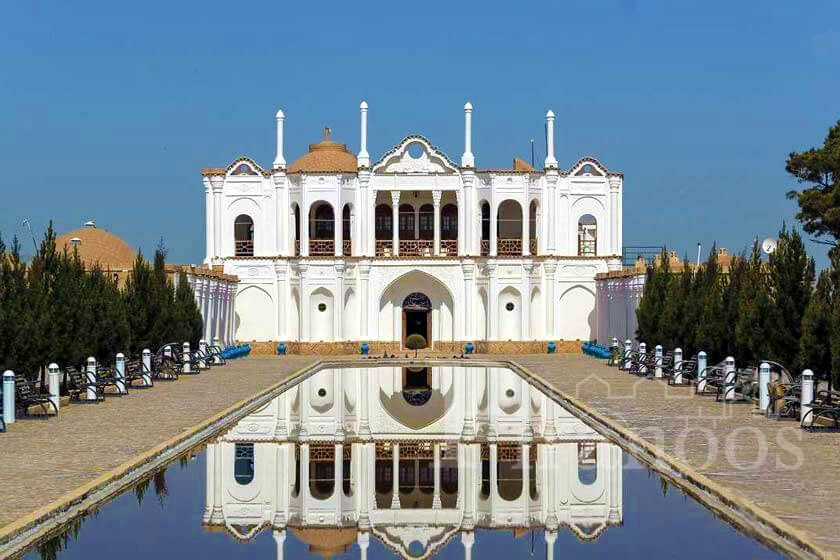
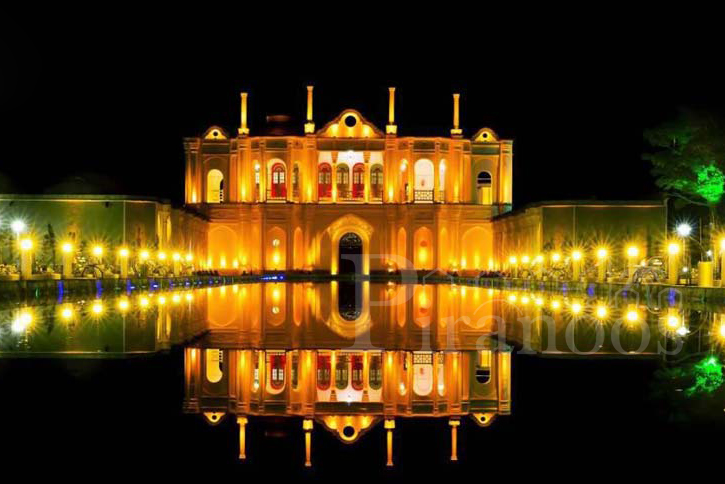
The Museum of Contemporary Art:
Kerman Museum of Contemporary Industrial Art has some of the world’s most famous artists’ works. Half of the museum’s work is owned by Professor Seyyed Ali Akbar Sanati, and the rest is by 83 contemporary Iranian artists and 16 foreign artists.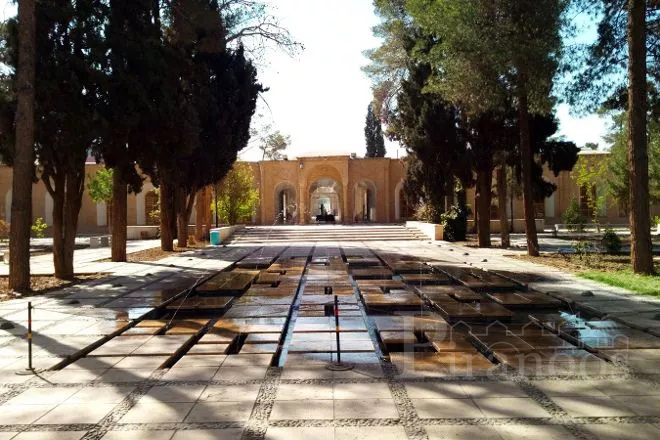
Local foods:
Eggplant and Kashk broth is one of the popular traditional dishes of Kerman. The main ingredients in this dish are Kashk, red meat, chickpeas, white beans, potatoes, onions, eggplant, beetroots, cucumber with salt, turmeric, and pepper.
Other local cuisines in the city include Abgousht-e Zireh (Caraway broth), Ash-e Gandom and Shir (wheat and milk soup), Ash-e Oomaj, Zireh polo, Kashk-e Kadou, Beh- Alou Khoresh, Alouche Khoresh, and Boz- Ghormeh Khoresh.
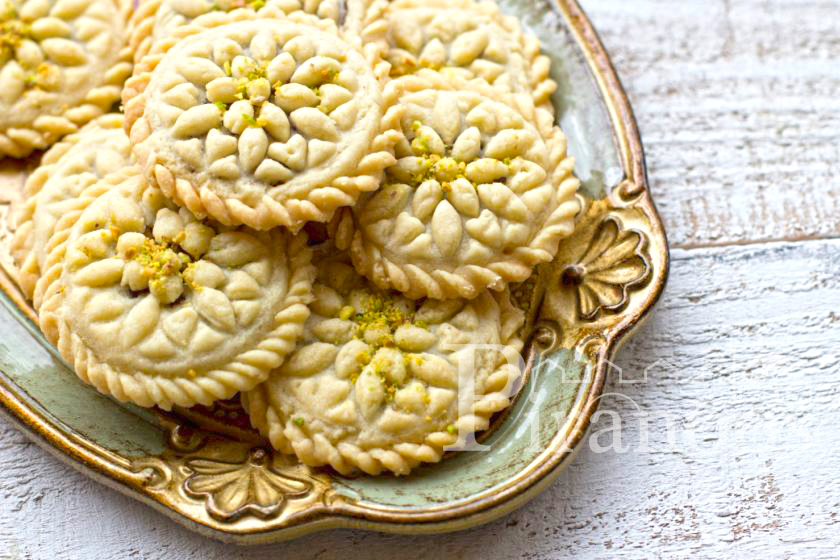
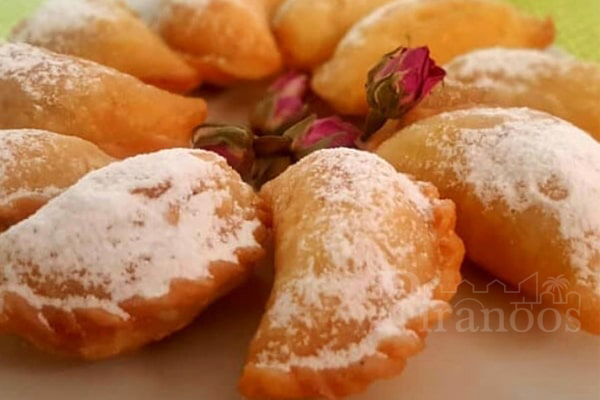
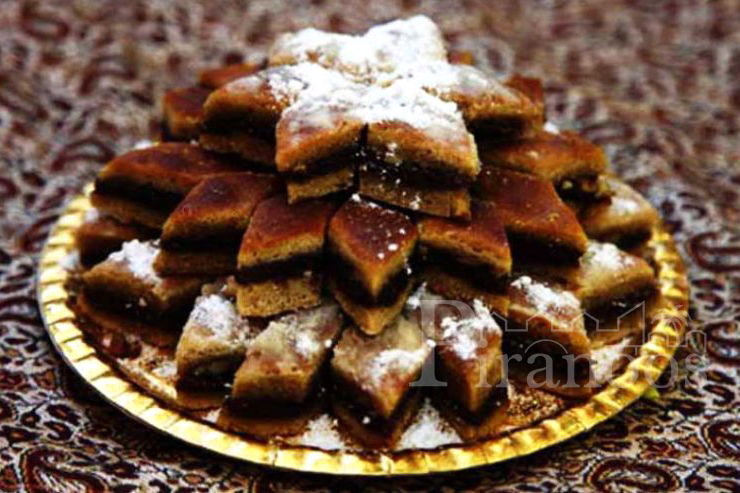
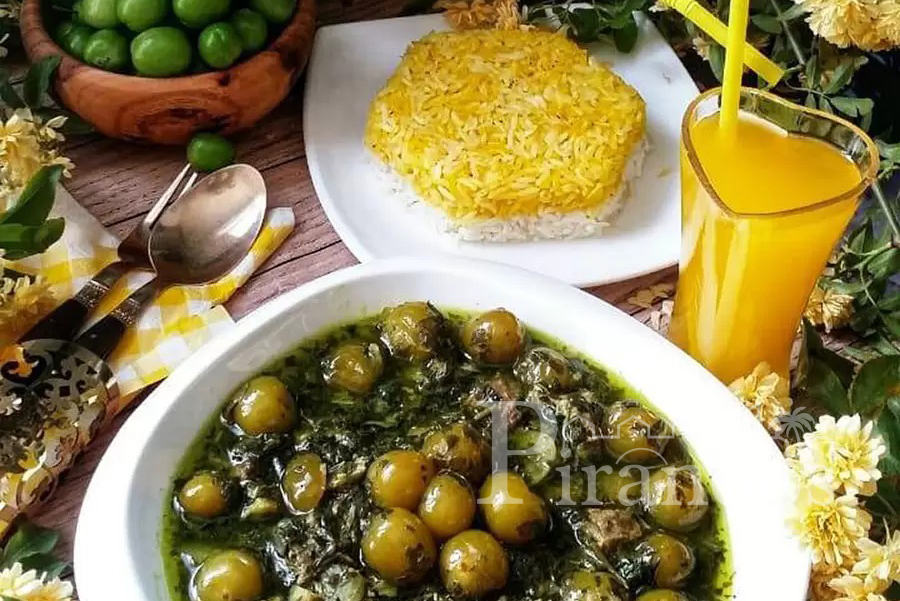
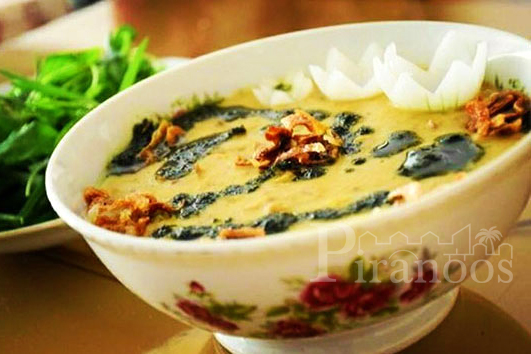
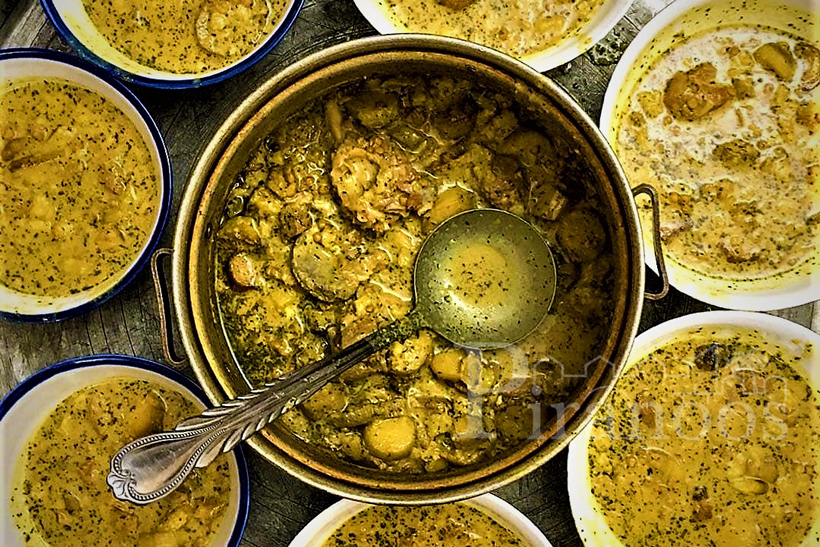
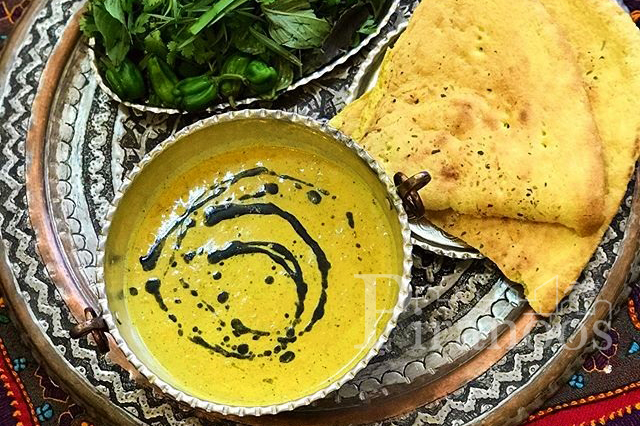
Local pastries:
Sweets such as Qottab, Qoveto-Qovat, Kolompeh, and Komaj (oatcake) are among the most popular and Delicious Local pastries of Kerman. Also do not forget to try walnuts, pistachios, and dates of Kerman.
The handicrafts of Kerman:
Copper utensils and industries are among the best options for souvenirs from Kerman which you can easily find in Ganjali Khan Bazaar. Kermani’s Ajideh doozi (a special kind of embroidery), which is stitching of delicate designs on the fabric, is one of the other handicrafts in the city. Also, Gabr douzi and Kilim shiriki pich, which is a combination of carpet and Kilim, can also be a great choice for souvenirs.
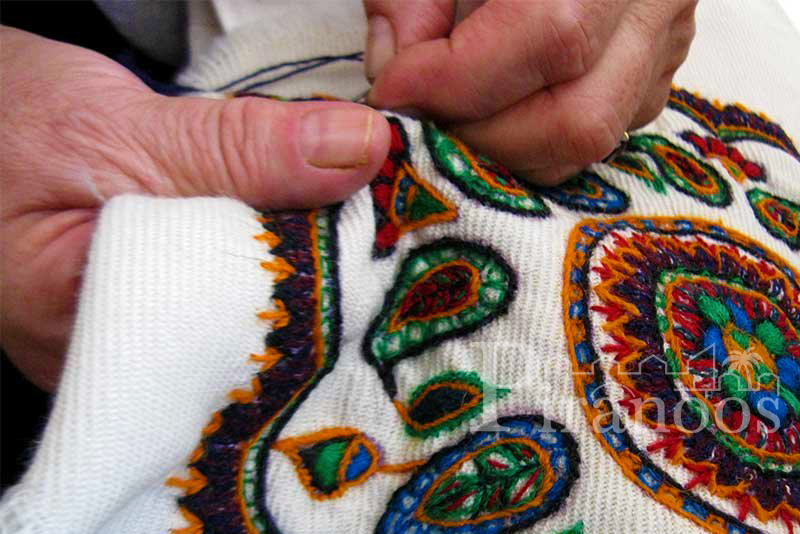
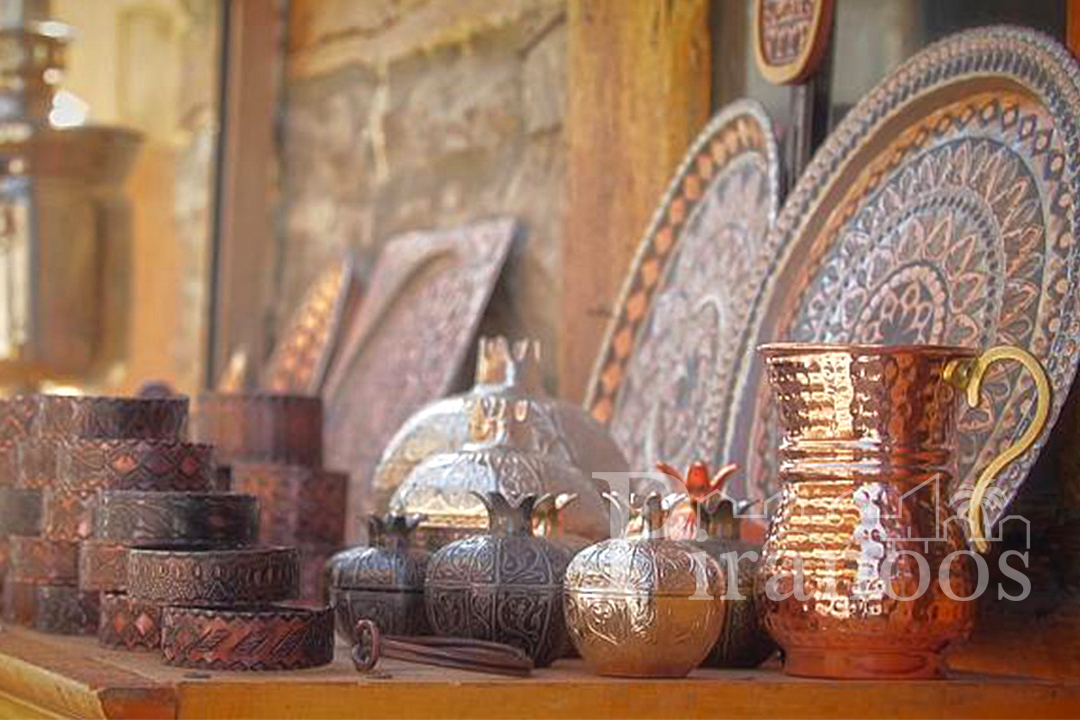
Iran in 50 days, Covering All UNESCO World Heritage Sites and less visited places (Full Board Tour)
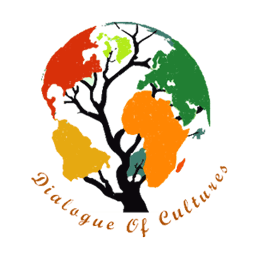
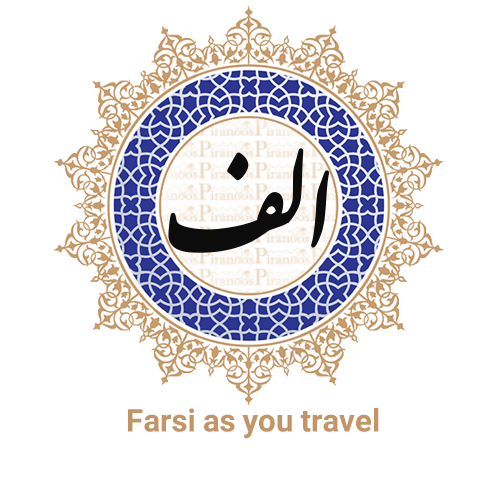
Iran UNESCO Sites in 40 Days


Forty Days & Nights


